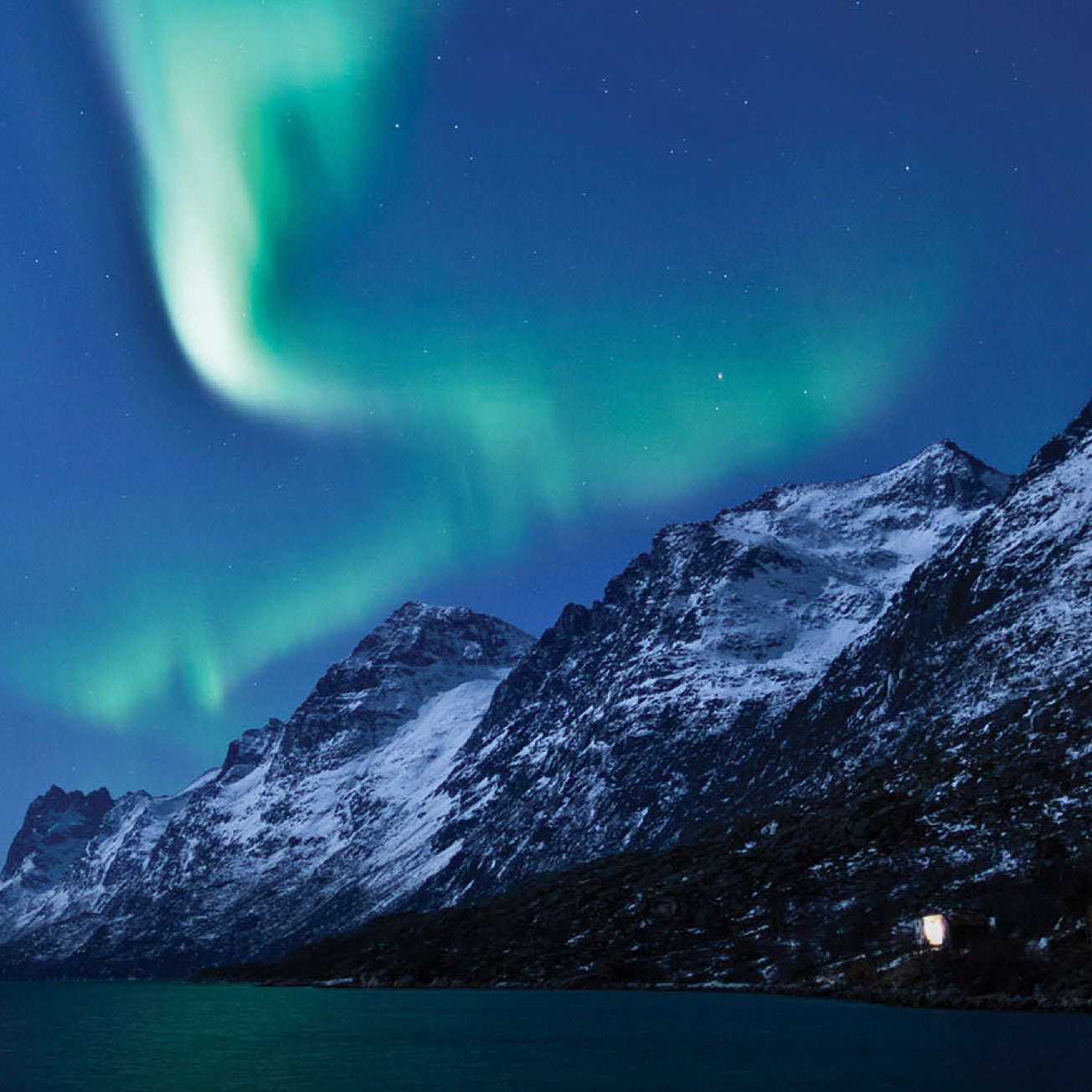
Mike Walter is an experimental petrologist who, like Bowen, asks major questions about Earth. His career began with the resolution of a large number of questions surrounding the compositions of melts and residue produced during partial melting of upper mantle peridotite. Starting with a simplified system, Mike elucidated the key melting reactions; the stability fields of garnet, plagioclase, and spinel; and the changing compositions of melts with increasing pressure and temperature. His paper is an experimental classic, painstaking in execution, remarkably rich in detail and insight. It provided a powerful framework for the interpretation and extrapolation of data on the more complex natural systems that he addressed next. Mike showed that partial melts of fertile peridotite shift from basaltic at low pressure through picritic to komatiitic at approximately 6 gigapascals. In this paper (1998) he also showed the compositional relationships between melts and peridotitic residues for carefully estimated fractions of melting. This is still the classic and definitive work on the pressure dependence of anhydrous peridotite melting (>1,100 citations).
Mike was the first to demonstrate the profound effect of pressure on core-mantle partitioning of nickel (Ni) and cobalt (Co). This led to the model of core segregation at the base of a deep magma ocean, the now generally accepted explanation for the apparent overabundance of siderophile Ni and Co in Earth’s mantle.
Moving into the lower mantle, Mike’s paper on trace element partitioning between perovskite and silicate melt (2004) showed that despite numerous assertions to the contrary, there was no isolation of a large perovskite-rich reservoir in the lower mantle at the end of the magma ocean phase of Earth’s accretion. The need for natural samples to compare with experiments led him into the study of inclusions in superdeep diamonds. In 2011, Mike showed that compositions of some inclusions matched precisely those expected for minerals formed from oceanic crust subducted into the lower mantle. When coupled with isotope measurements indicating formation of the diamonds from surficial carbon, this provided the first direct evidence that surface material is subducted to these depths and later exhumed. This and his succeeding studies on diamond inclusions have had a remarkable impact on our perceptions of both Earth’s convective cycle and the deep carbon cycle, providing some of the only direct constraints on both processes. Cast from the same mold as Bowen himself, Mike Walter asks the important questions and gets the right answers.
—Bernard J. Wood, University of Oxford, Oxford, U.K.

Talc is expected to be an important water carrier in Earth's upper mantle, and understanding its electrical and seismic properties under high press...





